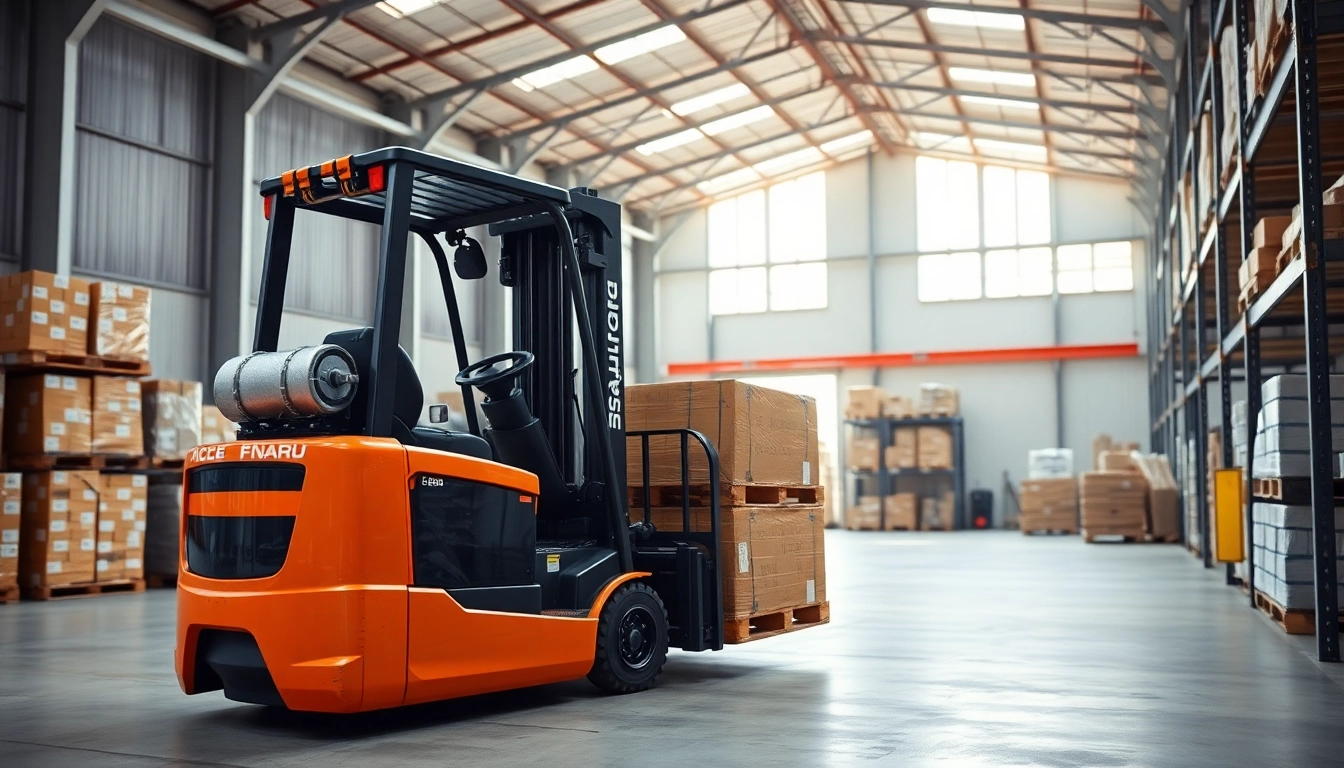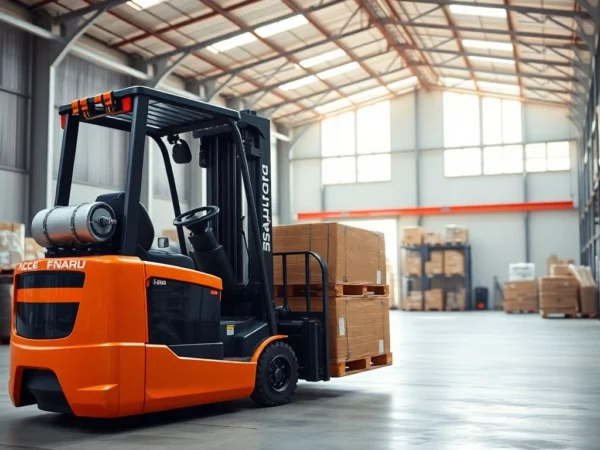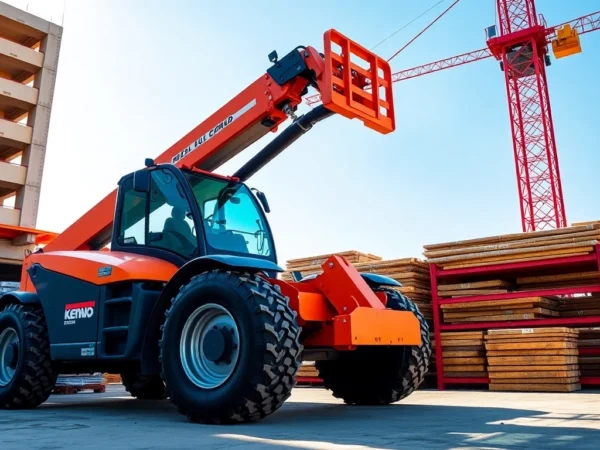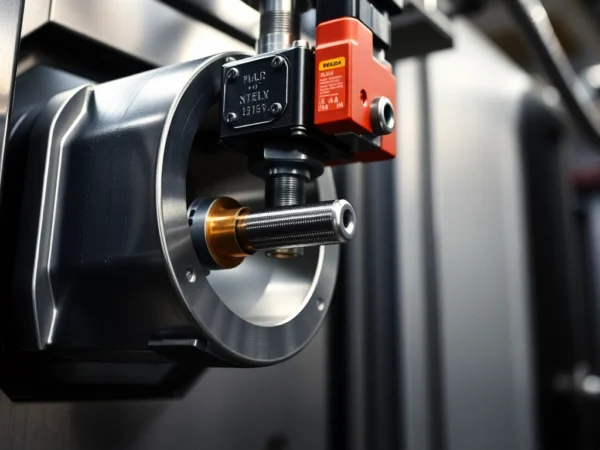Comprehensive Guide to Forklift Rental: Solutions for Your Material Handling Needs
In today’s fast-paced industrial landscape, efficient material handling is essential for maintaining productivity and optimizing operational costs. Whether managing a warehouse, construction site, manufacturing plant, or distribution center, the ability to lift, move, and position heavy loads quickly and safely is critical. One of the most flexible and cost-effective solutions available is forklift rental. This option offers businesses the agility to scale their operations without the significant capital investment required for purchasing equipment outright. In this comprehensive guide, we will explore every aspect of forklift rental—from types and benefits to selection strategies, operation best practices, and vendor insights—equipping you with the knowledge to make informed decisions tailored to your business needs.
Understanding Forklift Rental: Types and Key Benefits
Different Types of Forklifts Available for Rent
Forklifts come in a variety of types, each designed to meet specific operational requirements. When considering forklift rental, it’s vital to understand the distinctions to choose the right machine for your application. The main forklift types include:
- Counterbalanced Forklifts: This classic design features weights at the rear to balance loads lifted at the front. They are versatile, suitable for warehouses and manufacturing facilities, and can operate on various power sources. Variants include electric, diesel, and LPG-powered models.
- Warehouse Forklifts (Reach Trucks and Narrow Aisle Trucks): Engineered specifically for confined spaces, these forklifts excel in high-density storage environments. Reach trucks extend vertically with telescopic masts, enabling access to high shelves.
- Telehandlers: Combining functionalities of forklifts and cranes, telehandlers are ideal for outdoor rough terrains, construction sites, and loading/unloading pallets onto trucks.
- Compact and Electric Forklifts: Designed for indoor use, these forklifts offer cleaner operation, lower noise levels, and better maneuverability in tight spaces.
- Rough Terrain Forklifts: Equipped with large pneumatic tires, these are suitable for uneven surfaces common in construction or agricultural applications.
Choosing the correct forklift type hinges on understanding your load size, workspace constraints, terrain, and operational frequency. Rental providers often allow for flexible leasing durations, from single days to several years, enabling tailored solutions for short-term projects or long-term operational needs.
Advantages of Renting vs. Buying Forklifts
While purchasing might seem appealing for long-term or high-volume operations, rental offers significant advantages that often outweigh ownership costs, especially for dynamic or seasonal workloads:
- Cost Flexibility: Rentals require minimal upfront investment, converting capital expenditure into operating expenses. This frees up resources for other business priorities.
- Access to Latest Technology: Leasing provides opportunities to upgrade to newer models with advanced safety, emissions, and efficiency features without additional capital outlay.
- Reduced Maintenance Burden: Many rental agreements include maintenance and servicing, ensuring equipment remains operational without additional costs or downtime.
- Scalability: Renting allows businesses to adjust their fleet size based on current project demands, avoiding overcapacity or underutilization.
- Risk Management: Rental agreements typically transfer the risk of equipment failure and obsolescence to the provider.
Case studies reveal that companies leveraging rental models often experience faster operational deployment, increased flexibility, and significant cost savings—sometimes up to 30% compared with ownership when factoring in maintenance, depreciation, and storage costs.
Cost-Effectiveness and Flexibility in Forklift Rental
Flexible leasing arrangements enable businesses to match equipment capabilities precisely with project timelines and scope. Short-term rentals are perfect for seasonal peaks or one-off projects, while long-term rentals stabilize costs for ongoing operations. Moreover, rental providers often offer comprehensive packages including delivery, operator hire, training, and maintenance support, ensuring seamless integration into existing workflows. This flexibility translates into operational agility, allowing businesses to respond swiftly to market demands and scale operations efficiently.
How to Choose the Right Forklift for Your Business
Assessing Your Material Handling Requirements
Before selecting a forklift, conduct a thorough assessment of your operational needs. Identify the typical load weights, dimensions, and handling tasks involved. For example, if your business involves frequent vertical stacking in tight aisles, a reach truck may be ideal; for heavy outdoor loads, a rough terrain forklift may be necessary. Consider factors like:
- Load capacity (kilograms or pounds)
- Maximum lifting height
- Type of terrain (indoor, outdoor, uneven surfaces)
- Work environment (confined spaces, high shelves)
- Frequency of use (daily, weekly, occasional)
Gathering detailed data ensures your rental choice aligns with operational efficiency, safety standards, and cost-effectiveness.
Considering Power Sources and Capacity
Power options vary among forklift types, each with advantages and trade-offs:
- Electric Forklifts: Zero emissions, low noise, and minimal maintenance make them suitable for indoor environments and urban settings. Battery life and charging infrastructure are critical considerations.
- Diesel Forklifts: More powerful and suitable for heavy outdoor workloads but emit exhaust gases and produce noise. Best suited for rugged terrains and long operating shifts.
- LPG (Liquefied Petroleum Gas) Forklifts: A compromise offering cleaner operation than diesel and suitable for both indoor and outdoor use, with quick refueling capabilities.
Matching the power source to your operational environment ensures compliance with health, safety, and environmental regulations, while also promoting efficiency.
Factors Influencing Rental Costs and Budgeting
Rental pricing depends on various factors, including equipment type, rental duration, model specifications, and optional extras such as operator provided services. Typically, costs are structured as daily, weekly, or monthly rates, with discounts available for long-term agreements. To optimize budgeting:
- Compare quotes from multiple providers, ensuring clarity on included services such as delivery, fuel, maintenance, and insurance.
- Consider total cost of ownership over rental (including potential downtime, repairs, and storage) as part of your decision-making process.
- Analyze the operational benefits versus costs, factoring in productivity gains and risk reduction associated with newer and well-maintained equipment.
Accurate budgeting requires a detailed understanding of both costs and operational gains—a strategic approach that rental agreements facilitate effectively.
Best Practices for Renting and Operating Forklifts
Safety Guidelines and Operator Training
Safety is paramount when handling heavy machinery. Ensure all operators are trained and certified according to local regulations, such as the UK’s LOLER (Lifting Operations and Lifting Equipment Regulations). Best practices include:
- Conducting comprehensive pre-use inspections and daily checks
- Adhering to load capacity limits and proper stabilization techniques
- Using appropriate personal protective equipment (PPE)
- Maintaining clear communication and signaling protocols
- Implementing lockout/tagout procedures during maintenance
Leveraging operator training programs from rental providers or third-party trainers can significantly reduce accident risks and liability.
Preparing Your Site for Forklift Operations
Operational safety and efficiency depend greatly on site readiness. Key preparation steps include:
- Clearing pathways and ensuring unobstructed aisles
- Removing hazards such as uneven surfaces, debris, or overhead obstructions
- Marking designated forklift zones and pedestrian walkways
- Ensuring adequate lighting and ventilation, especially indoors
- Establishing emergency procedures and first aid points
Proper site preparation minimizes accidents and maximizes operational flow.
Maintenance and Inspection Tips During Rental Period
While many rental agreements include maintenance, ongoing inspections help identify potential issues early. Recommended practices include:
- Checking tire condition and pressure daily
- Monitoring fluid levels (oil, hydraulic, coolant)
- Inspecting forks and mast assembly for damage or wear
- Ensuring safety devices and alarms are operational
- Documenting inspections and reporting anomalies promptly
Consistent maintenance enhances safety, prolongs equipment lifespan, and ensures continued productivity.
Optimizing Forklift Rental for Business Growth
Long-Term Rental vs. Short-Term Needs
Choosing between short-term and long-term rentals depends on project scope and business cycle. Short-term rentals (days to months) are suitable for seasonal spikes or one-off tasks, offering flexibility and minimal commitment. Long-term rentals (over six months to several years) provide stability and potentially lower per-unit costs, ideal for ongoing operations.
Evaluating your workflow patterns, cash flow, and maintenance capacity enables optimal leasing decisions that support growth and operational continuity.
Integrating Technology and Latest Models
Advanced forklifts equipped with telematics, sensors, and IoT connectivity enable real-time monitoring of usage, maintenance needs, and safety compliance. Upgrading to latest models can significantly improve efficiency and reduce operational costs through features like energy recuperation, safety enhancements, and ergonomic design.
Partnering with rental providers that offer access to latest technology ensures your fleet remains competitive and compliant with evolving safety standards.
Measuring Performance and Return on Investment
Maximizing the benefits of forklift rental involves tracking key performance indicators (KPIs) such as:
- Operational uptime and utilization rates
- Impact on productivity metrics (e.g., loads moved per shift)
- Maintenance and repair costs saved
- Accident and safety incident reductions
- Cost savings compared to ownership over time
Regular review of these metrics allows continuous optimization of your material handling strategies, ensuring the rental investment delivers maximum value.
Where to Find Reliable Forklift Rental Providers in the UK
Top Local and National Rental Companies
The UK boasts a robust network of forklift rental providers, ranging from large national brands to local specialists. Leading companies include:
- The Forklift Company: Offering short and long-term hire with free delivery options, especially in England.
- National Tool Hire: Providing a wide range of forklifts suitable for diverse industry needs.
- Brandon Hire Station: Featuring diesel, electric, and LPG models optimized for different environments.
- Linde Material Handling UK: A global brand with extensive hire fleets and flexible options.
- Advanced Forklift Services: Offering competitive prices starting from £65+VAT per week with various options.
Choosing a provider with reliable logistics, comprehensive support, and tailored packages ensures a smooth rental experience.
Comparing Rental Prices and Service Packages
When evaluating providers, consider total cost of ownership, including delivery fees, maintenance, fuel, operator services, and insurance coverage. Some providers offer all-inclusive packages, reducing administrative burdens and ensuring predictable expenses. Request detailed quotes and compare provisions such as:
- Delivery and pickup times
- Technical support and emergency assistance
- Operator hire and training options
- Extended maintenance and service contracts
Investing in a transparent and comprehensive rental package minimizes surprises and aligns expenditures with your operational budgets.
Additional Services: Delivery, Operator Hire, and Training
Top rental providers deliver equipment directly to your site, often on short notice, dramatically reducing project delays. Operator hire can be included for businesses lacking in-house expertise, ensuring safety and efficiency. Furthermore, professional training programs reinforce safe practices and compliance, preventing costly accidents and downtime. Combining these services creates a turnkey solution tailored to your specific operational needs.




